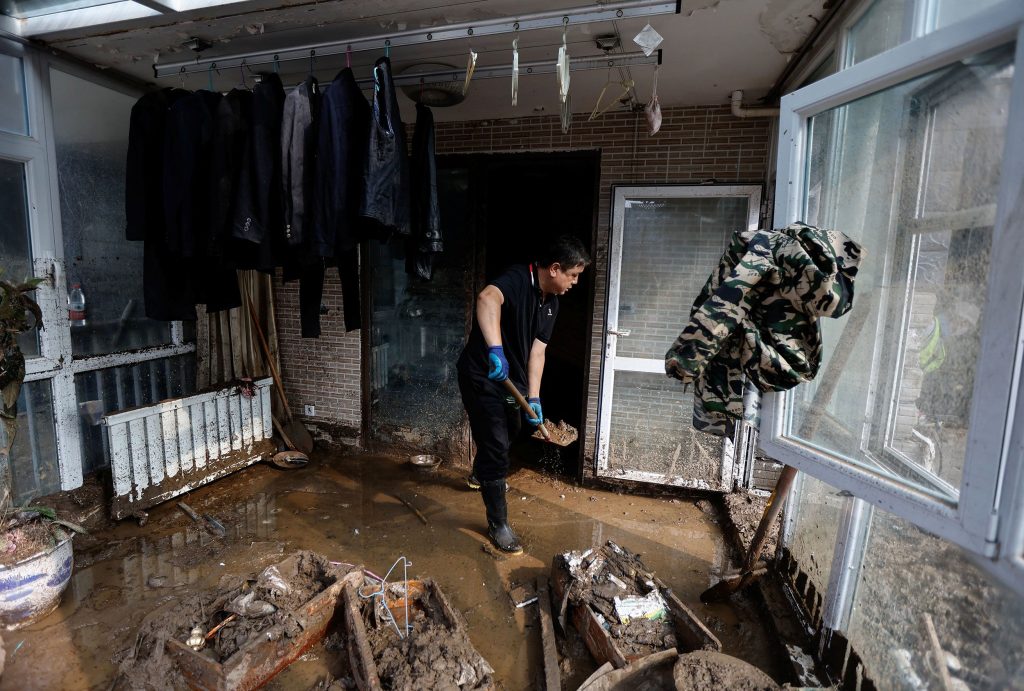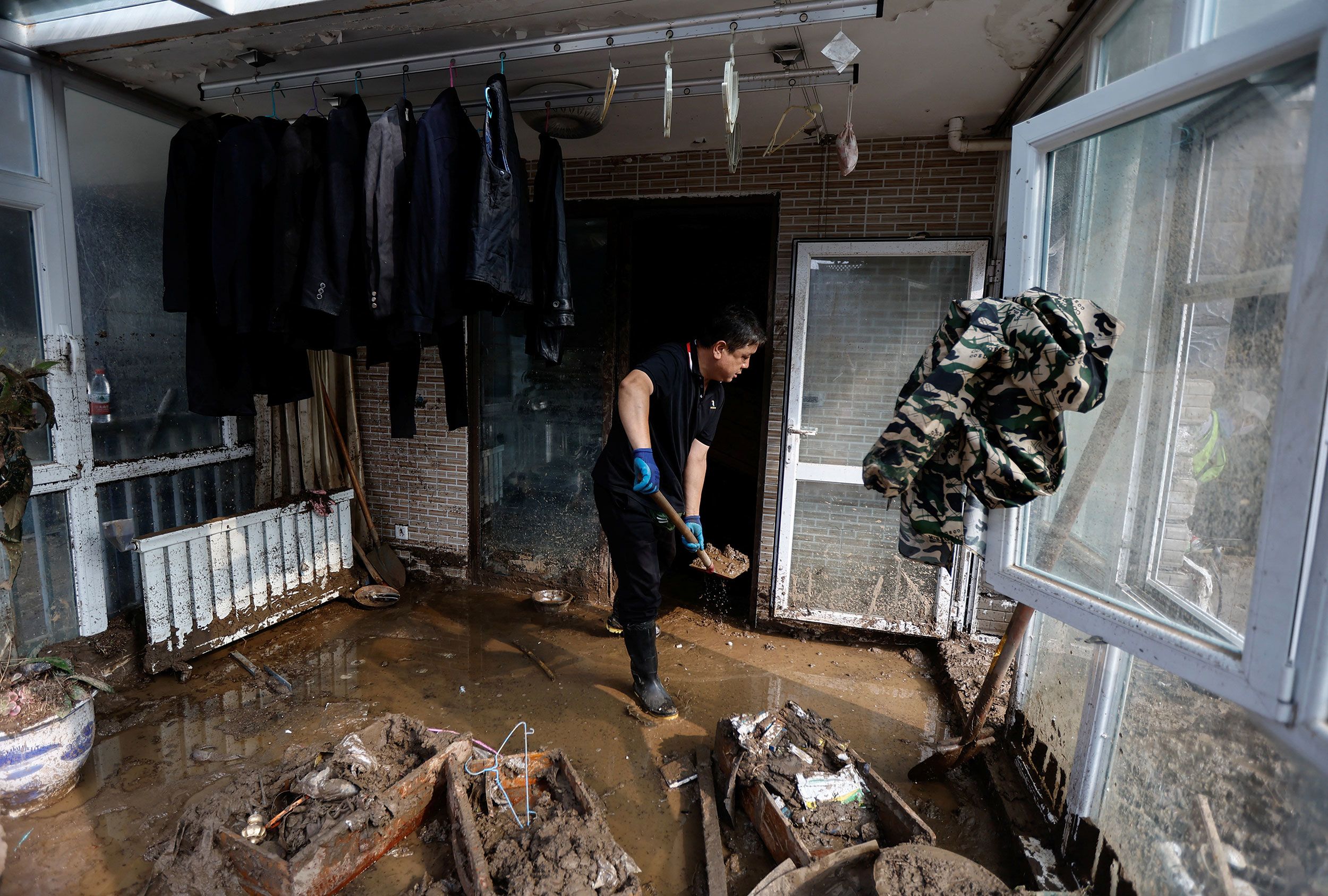(CNN) — Land is sinking underneath millions of peoples’ feet in China’s major cities due to human activities, putting the country’s coastal areas more at risk of flooding and rising sea levels, new research shows.
Nearly half of China’s urban areas comprising 29% of the country’s population are sinking faster than 3 millimetres (about 0.12 inches) per year, according to the study published Thursday in the journal Science.
That’s 270 million people living on sinking land.
Meanwhile, 67 million people are living on land that is subsiding faster than 10 millimetres (0.4 inches) each year.
China’s rampant groundwater extraction is one of the primary factors for subsidence, researchers said.
Cities have been pumping water from underground aquifers faster than it can be replenished, a situation exacerbated by climate change-fueled drought.
Excessive pumping lowers the water table and causes the overlying land to sink.
The land is also sinking due to the growing weight of the cities themselves.
Soil can compact, naturally from the weight of sediments accumulating over time and from heavy buildings pressing down on the ground, causing the land to steadily sink.

Land subsidence isn’t just a problem in China.
In the US, dozens of coastal cities, including New York City, are sinking.
In the Netherlands, 25% of its lands have sunk lower than sea levels.
And in Mexico City, likely the world’s fastest subsiding city, land is sinking at the speed of up to 50 centimetres, or nearly 20 inches, a year.
The impact of sinking is typically worse along the coasts, where the sea level is rising at the same time. This combination exposes more land, people and property to destructive flooding.
The study suggests roughly a quarter of China’s coasts will be lower than sea level because of subsidence and projected sea level rise, priming the area for colossal damage and putting lives at risk.
Tianjin, Shanghai and areas around Guangzhou are significantly exposed to both issues, the study found.
However, some coastal areas in China have already built physical protection from the growing risk of inundation, and the study does not take those protections into account.
In Shanghai, for example, Shengli Tao, co-author of the study and professor at Peking University, said the city has built “impressive” dike systems that are metres tall.
“Such massive coastal dike systems will largely reduce the risk of being inundated even given both land subsidence and sea level rise,” Tao told CNN.
“I am not aware of other countries that have built such massive dike systems.”

Thursday’s study is “scientifically robust” and did “a fine job” of highlighting that subsidence is not just a “coastal problem,” said Leonard Ohenhen, a doctoral researcher at Virginia Tech who recently published a study on land subsidence in the US.
“Most urban cities experience land subsidence, but we focus our attention on coastal cities because of sea level rise,” Ohenhen, who was not involved with the study, told CNN.
“However, most urban cities experience land subsidence at rates comparable or even greater than subsidence in coastal cities.”
Tao said the Chinese government is addressing the sinking in a few ways, including implementing strict laws to control groundwater pumping in the last few years.
Shanghai and surrounding areas have been limiting groundwater withdrawals, which has slowed the region’s rate of subsidence.
Decades ago, Shanghai’s subsidence was a significant issue, Tao said.
China has also been pumping water from the Yangtze River in southern China to northern China – including Beijing – which has suffered from water shortages.
The project prevents the need for over-pumping groundwater and has stopped land subsidence in Beijing, the study found.
“I believe China’s government efforts will address the issue of land subsidence,” Tao said.
“But I would suggest to keep controlling groundwater withdrawals for major cities and constantly maintain dike systems in coastal lands.”
____________________________________________
By Rachel Ramirez, CNN
The-CNN-Wire
™ & © 2024 Cable News Network, Inc., a Warner Bros. Discovery Company. All rights reserved.







More Stories
Solutions in progress
Trump meeting with Netanyahu
Multi-million dollar grant for Haiti